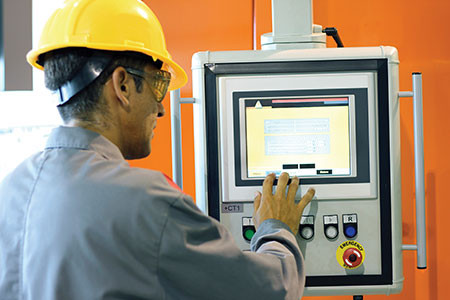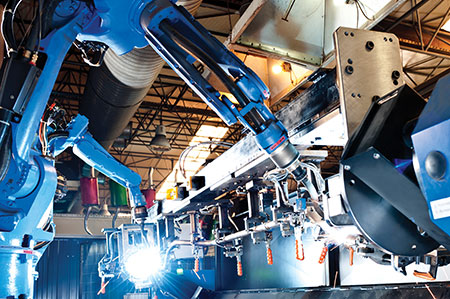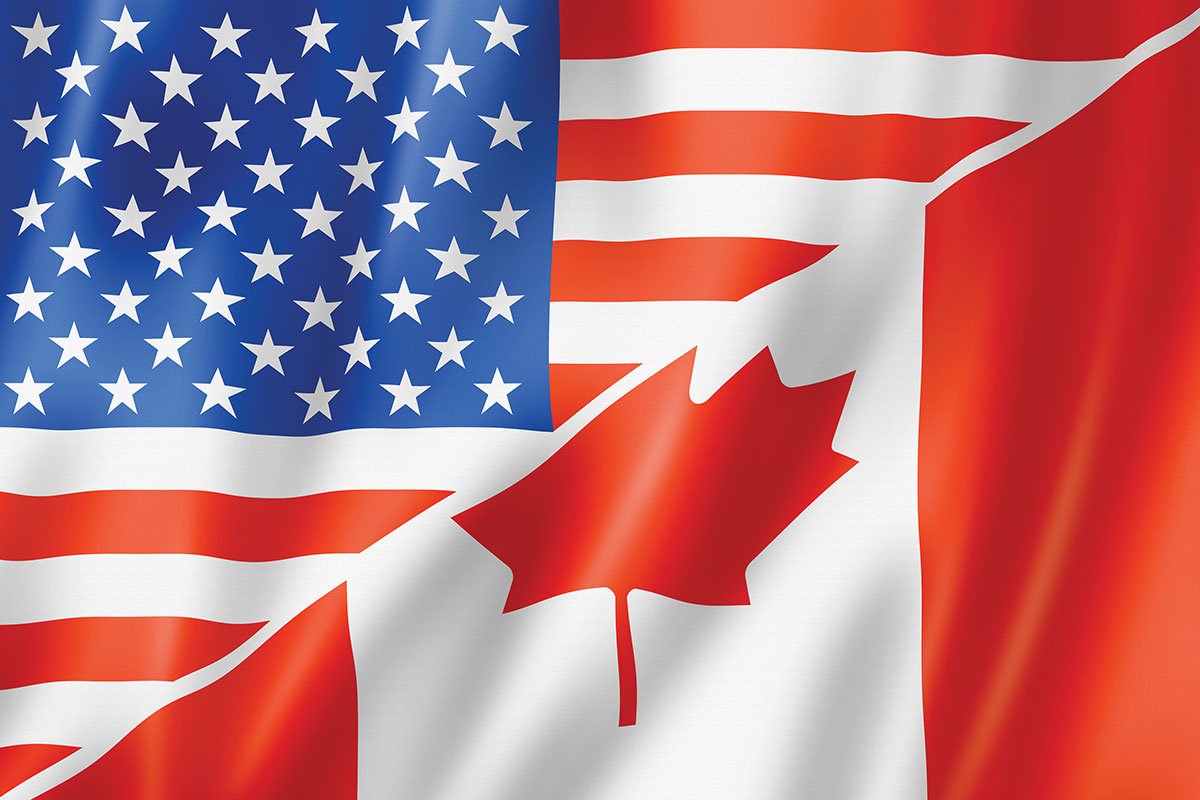The history of field evaluations dates back to needs expressed by Authorities Having Jurisdiction (AHJs) in the mid-1970s. At this time, several previously abandoned California factories were being revamped to utilize automated manufacturing processes. Coincidentally, manufacturers headquartered in other countries began construction on new U.S. facilities in this same area. These projects included installing robotic, other types of factory automation equipment, and custom process equipment for their production lines and much of this factory automation equipment was being manufactured in Asia and Europe. Many of the markings, labels and drawings on this uncertified equipment appeared in the language of the equipment’s country of origin and were unreadable by U.S. inspectors. Components lacked any certification marks and appeared to be manufactured to standards other than those used in the United States. Local AHJs were asked to approve installations using this uncertified equipment but lacked the information they needed to be confident that the equipment met local requirements and could be operated safely.
AHJs in the United States typically use the National Electrical Code®, NFPA 70, as the basis for approving installations. Much of the Code relies on having products manufactured and certified by a recognized testing laboratory to consensus-based U.S. product safety standards. For other countries, such as Canada, the AHJs use the locally adopted Code and rely on products certified to that country’s adopted product safety standards. However, in the changing building and manufacturing environment of the 1970s, this approach proved challenging for AHJs. To meet a growing need, the AHJ community approached several testing and certification agencies requesting assistance in addressing the uncertified and imported equipment they were being asked to approve. These agencies created internal processes and procedures for evaluating uncertified equipment that later evolved into a more formalized approach and documentation based on field experience and field application of standards.
In 1998, the American Council for Electrical Safety (ACES) was formed. During meetings defining the purpose and mission of ACES, a task group was formed and charged with developing consensus guidelines on the field evaluation process. The benefit to AHJs, users of field evaluation services, and field evaluation providers (known as field evaluation bodies) was clear: a common set of clearly defined expectations about how field evaluations were to be conducted as well as the deliverables of the service.
After several ACES task group and committee meetings, the document known as the Recommended Practice and Procedures for Unlabeled Electrical Equipment Evaluation was accepted by ACES in June 2003 and presented to the inspection community at the IAEI 75th Jubilee convention in September 2003. This document became the de facto guide for delivering field evaluations.
As work on the recommended practice was finishing, the same ACES task group began developing a document describing the recommended credentials of any organization offering field evaluations. This work used ISO Guide 65, “General Requirements for Bodies Operating Product Certification Systems” as its foundation with additional input from ISO/IEC 17020, “General Criteria for the Operation of Various Types of Bodies Performing Inspection.” The fundamental requirements in these two documents were then adapted for the unique characteristics of field evaluation work. Key elements that differed from the source documents included:
- Eliminating an additional reviewer for the decision to apply a field evaluation label
- Eliminating the requirement for manufacturers to maintain records of complaints
- Eliminating periodic follow-up inspections because 100 percent of equipment field evaluated is inspected and labeled by the field evaluation body
The result of this activity was the final acceptance by ACES of the Recommended Competency Guidelines for Third-Party Field Evaluation Bodies in November 2005.
Previously in 2004, International Accreditation Service (IAS), a subsidiary of the International Code Council (ICC), initiated a separate project to write accreditation criteria for field evaluation bodies. UL and other field evaluation bodies worked with the IAS Accreditation Committee to encourage the adoption of both of the ACES documents by reference and establish the required implementation criteria. IAS’s Accreditation Criteria for Field Evaluation of Unlisted Electrical Equipment, AC 354, was initially issued in August, 2006.
Subsequently, ACES requested that NFPA consider using the ACES documents as the basis of two new NFPA standards. After receiving the appropriate copyright and receiving public support for the new standards projects, NFPA formed the Technical Committee for Electrical Equipment Evaluation (EEE) in 2008. The selection of the IAEI representative as the EEE committee chair was critical since the primary focus of the new NFPA standards was to serve the needs of AHJs in approving installations predominantly under the NEC. In accordance with NFPA procedures and under the ANSI system, the technical committee represented manufacturers, installers, general users, enforcement bodies and testing laboratories. While ACES did not have any direct representation on the NFPA committee, several ACES members involved with creating the original documents were members of the NFPA committee and were able to share the background on and rationale for the original requirements.

In the spring of 2009 the draft documents — NFPA 790, “Standard for Competency of Third-Party Field Evaluation Bodies” and NFPA 791, “Recommended Practice and Procedures for Unlabeled Electrical Equipment Evaluation” — were shared with the public. Following the normal NFPA process, the 2012 editions of ANSI/NFPA 790 and ANSI/NFPA 791 were formally adopted in June 2011.
With the finalization of NFPA 790 and NFPA 791 as ANSI documents, UL proposed that IAS adopt NFPA 790 and 791 and to add only the requirements needed to process and administer an accreditation or to cover any topics not addressed in NFPA 790 and NFPA 791. The IAS Accreditation Committee formed a task group of staff and stakeholders to review and develop revisions to AC 354 accordingly. That activity was essentially completed in December 2012, and the present IAS AC 354 requirements referencing NFPA 790 and NFPA 791 with the added information proposed by the task group was adopted at the June 2013 IAS Accreditation Committee meeting.
In 2012 and 2013, the next cycle of NFPA 790 and NFPA 791 was completed with both public input and public comment periods and meetings of the technical committee. The result was the publication of the 2014 edition of ANSI/NFPA 790 and ANSI/NFPA 791 issued in June 2013.
It has been almost 40 years since the need for a field evaluation service was identified by AHJs. The processes and application of this service have greatly evolved over this time and is being utilized by AHJs all over North America. More recently, field evaluations are being performed in several countries outside North America to meet requirements from AHJs or owners so that their products meet applicable product standards. NFPA 790 and its companion document, NFPA 791, provide their users with the ability to qualify who can complete field evaluations and how field evaluations specifically for electrical products are to be completed. The future will have continual evolution of field evaluation applications and expansion of the use of this process. NFPA 790 and NFPA 791 provide the foundation for that continued activity.
For more information on the history of field evaluations or this article, please contact Chuck Mello at 360-817-5578 or chuck.mello@ul.com















Find Us on Socials